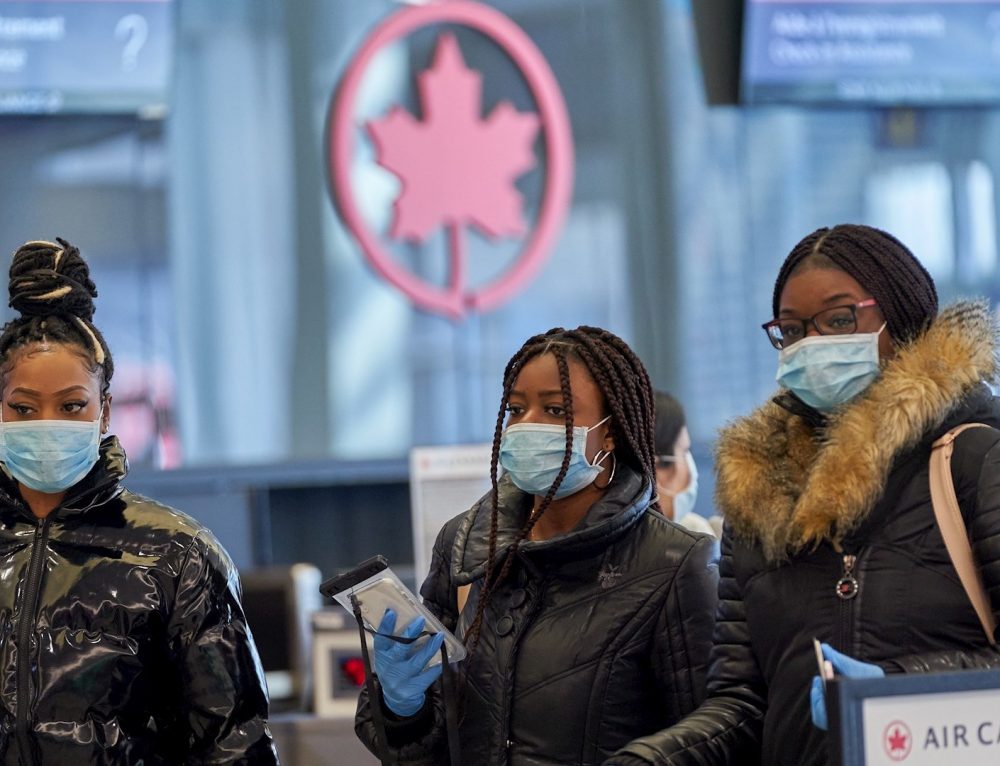Canadians believed their country had succeeded in flattening the COVID curve, but it may now be experiencing a second wave despite holding out better than many others.
At summer’s end, Canadians were riding high on the belief that they had crushed the coronavirus curve even as COVID-19 infections in the US spiked to new highs. Then the fall arrived, and coronavirus case numbers in Canada also began to surge.
Last week, the EU removed Canadians from its list of approved travelers in response. Canada must thus face an uncomfortable fact: while the country is still faring better than many others, it has lost its widely held image as a nation that had successfully navigated the pandemic.
By June, Canada had received a big vote of confidence when the EU placed the country on a list of just 14 countries whose citizens EU officials recommended should be welcome in the 27-nation bloc. Many European destinations subsequently flung open their doors to Canadian travelers—with no restrictions. The EU’s recent change of heart isn’t surprising, however, as Canada currently appears to be enduring a second coronavirus wave. Over the past month, COVID-19 infections in Quebec, Ontario, Manitoba, Saskatchewan and Alberta have soared to record highs.
Experts have cited a myriad of reasons why the numbers are climbing. First, there was the inevitable rise in cases as provinces eased lockdown restrictions over the spring and summer. Also, some provinces struggled to keep up contact tracing and testing as infections began to mount.
Canada is still faring better than Europe. Infections are surging in many EU countries including France, which last week declared a state of emergency. On Wednesday, Spain became the first Western European country to surpass a million cumulative coronavirus cases.
On the other hand, some Canadian provinces are now approaching US-level rates of infection. According to data published by the New York Times on Friday, Quebec’s COVID-19 infection rate over the past seven days is nearing Florida’s rate and has surpassed the rate in Arizona and California. Alberta’s rate is nearing that of California’s.
Much like Europe, Canada could now face the prospect of a second lockdown and the tightening of coronavirus restrictions already in place. Yet the federal government has played down the possibility. Prime Minister Justin Trudeau said Ottawa is not intent on plunging the country into another shutdown and that Canada is better equipped to handle the current wave of cases than the first.
“We have a better understanding of COVID-19. We have better tools to deal with COVID-19 and we can be a little more targeted but, yeah, that means a little more complication in our messages,” Trudeau said on Tuesday. “It’s frustrating to see friends at the other end of the country doing things you’d love to be able to do but you can’t.”
“We want to get back to as normal as possible, the functioning of society,” Dr. Howard Njoo, Canada’s deputy chief public health officer, elaborated, adding Canada needs to find the “sweet spot” where new cases of COVID-19 don’t threaten to overwhelm the health care system.












